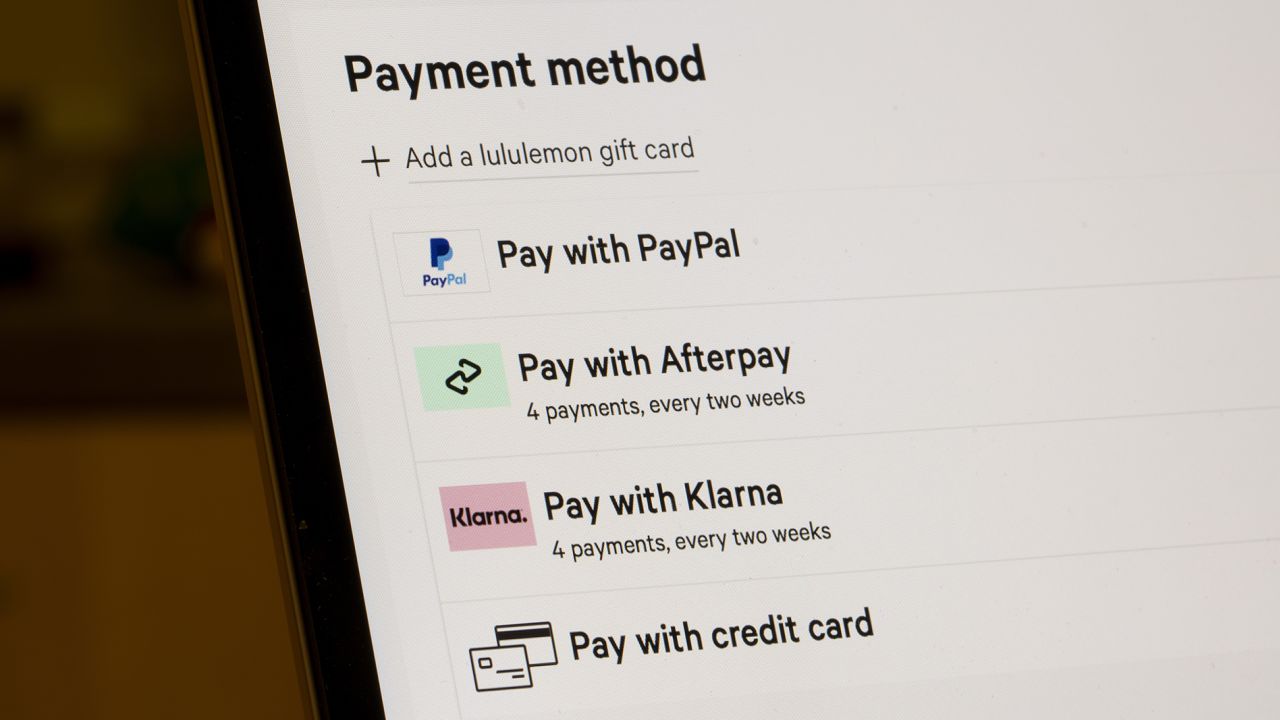Buy Now, Pay Later installment payment offerings appear to be disproportionately used by people facing financial difficulties, raising concerns about the potential for greater money trouble, according to research from the Federal Reserve Bank of New York released Tuesday.
Buy Now, Pay Later offerings have grown in popularity in recent years as a way to afford goods and services; however, the scale of the fast-growing financing programs and the debt incurred remain a virtual black box, as the segment remains largely unregulated and the information is not reported to credit agencies, lenders or government data-keepers.
New York Fed researchers delved into recently collected consumer survey data to determine who is being offered BNPL options and who uses them. They drew on data collected as part of the June 2023 Survey of Consumer Expectations Credit Access Survey, which included a set of BNPL-specific questions.
They found that the vast majority of consumers being offered BNPL and those who use the payment option are banked and cover a “remarkably broad-based” swath of demographics, with more users who identify as female, younger, renters, with higher household income; as well as those with lower credit scores and higher reported delinquencies.
“Despite being fairly broad-based, with significant take-up among higher educated and higher income respondents, overall we find that those with lower credit scores and greater unmet credit needs make up a disproportionate share of all BNPL users,” researchers wrote Tuesday.
The data showed that 32.7% of BNPL-using respondents had a credit score under 620, reported a rejected credit application or were delinquent on a loan in the past year. That group, however, represented only 16.6% of the overall sample.
“The fact that a disproportionate share of BNPL users are already financially fragile raises questions about the resilience of BNPL lending and its performance following an adverse economic shock,” New York Fed researchers wrote.
The New York Fed research substantiates previously raised concerns from critics that BNPL may attract — and could ultimately harm — financially fragile individuals.
And that could ultimately negatively impact consumers at a time when they’re facing greater headwinds — including mounting credit card debt, strikingly high interest rates, still-high inflation, a slowing job market, a potential government shutdown, and the return of student loan payments, New York Fed researchers said.
“While our findings indicate that BNPL services enjoy broad-based interest, appear to fill a gap in the credit market, and expand credit access and financial inclusion, more data and analysis are needed to investigate the extent to which BNPL borrowing may contribute to greater financial stress and affect overall financial well-being, especially over the course of the business cycle,” they wrote.
Five of the largest BNPL lenders originated $24.2 billion in the installment loans in 2021, according to the Consumer Financial Protection Bureau, but some estimates put the industry much higher.








